Melton Botanic Garden, west of Melbourne, showcases dryland plants, those which tolerate dry climate and low water conditions.

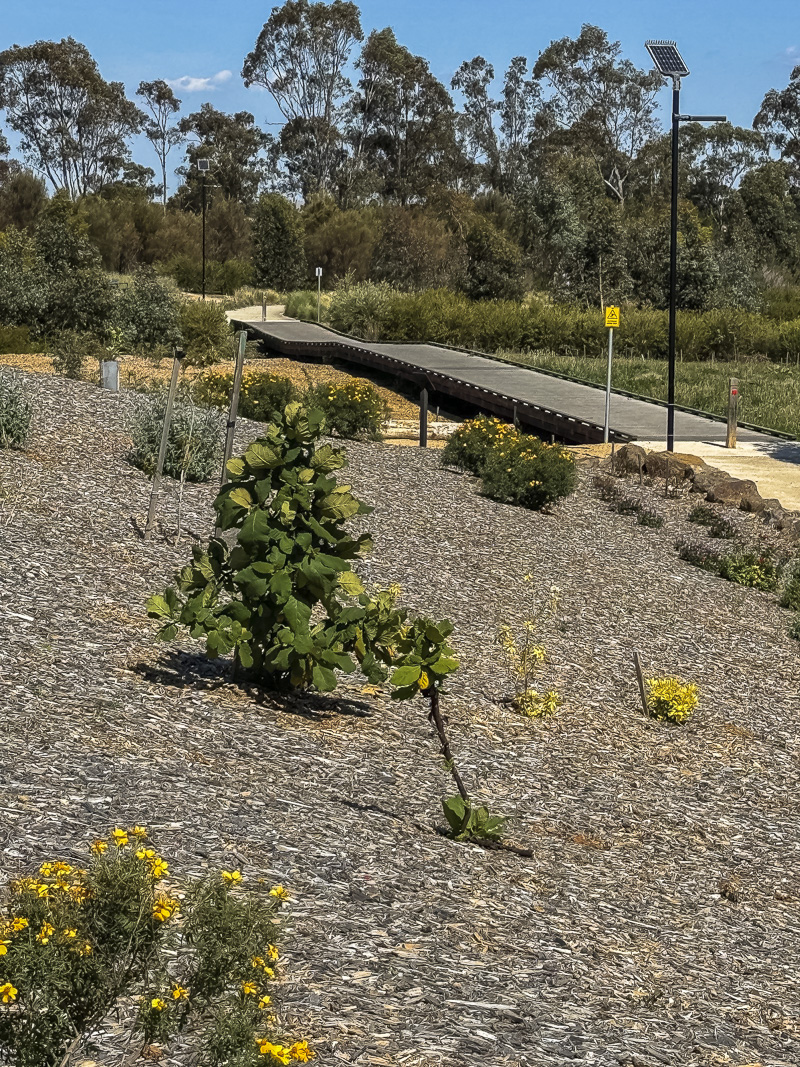
Visit to Melton Botanic Garden showcasing dryland plants
One of the excursion options offered at the recent ANPSA Conference was to a botanically significant and educational botanic garden. Melton Botanic Garden is located in Melton, some fifty kilometres west of Melbourne.
A dedicated group of volunteers, with support from the City of Melton, are establishing the garden on an ideal 25 hectare site. The ‘Friends of the Garden’ have worked for the past 11 years to design, plant and maintain the botanic garden. They aim to encourage locals and visitors to get in touch with nature. Their vision of Melton Botanic Garden is to showcase arid or dryland plants.


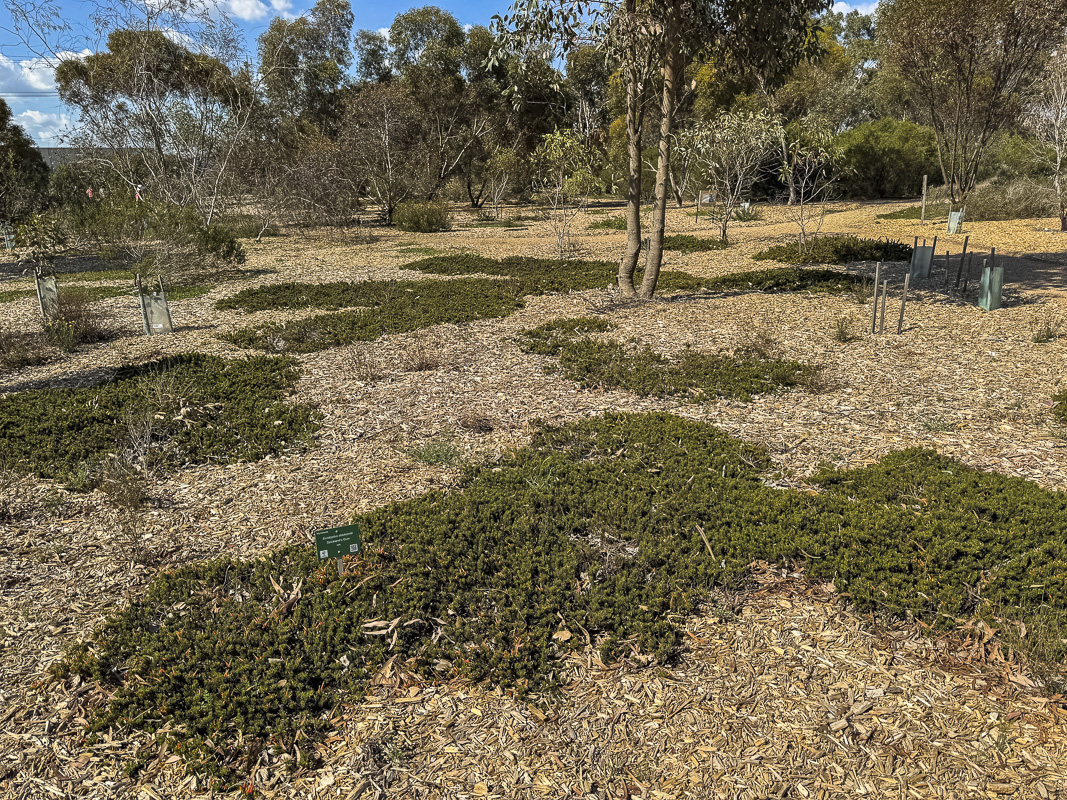
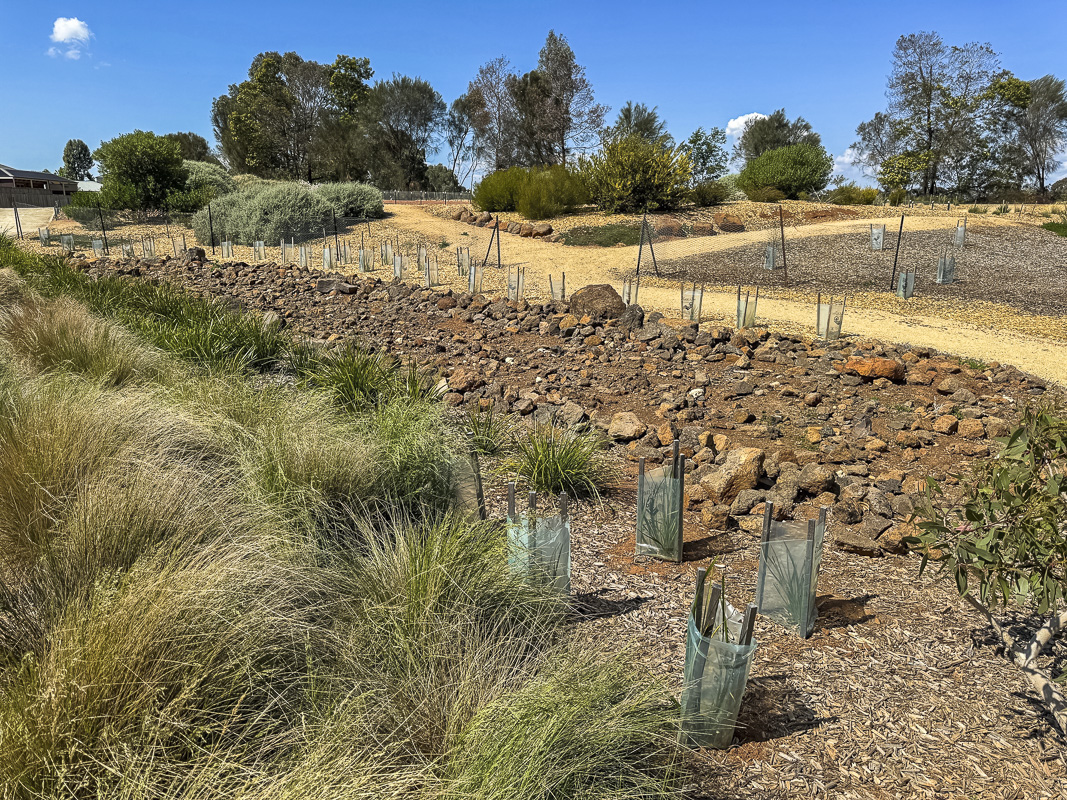
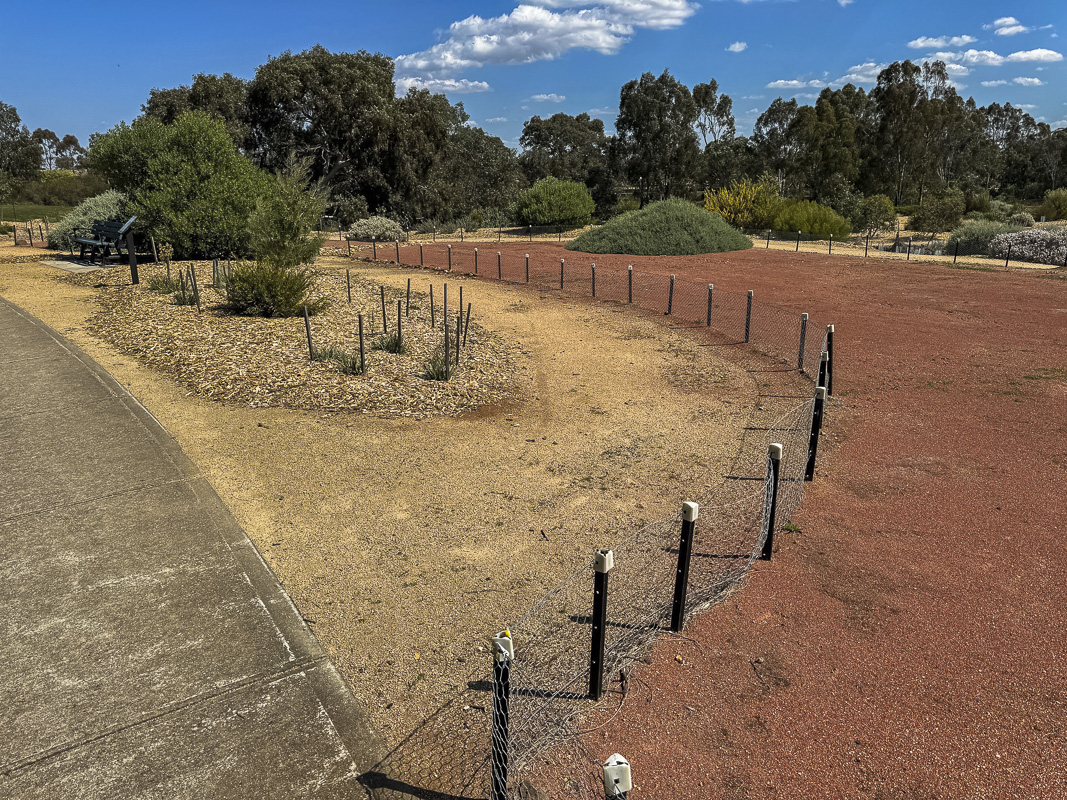
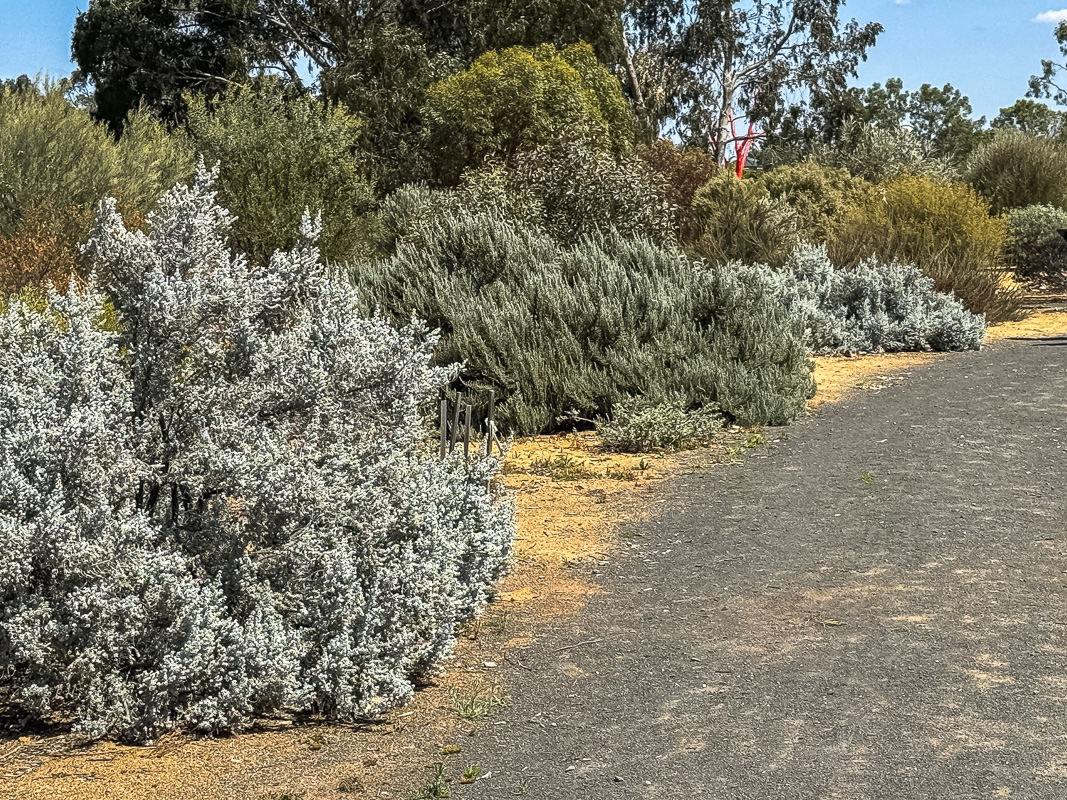
How this garden differs from traditional botanic gardens
This regional botanic garden differs from many traditional botanic gardens. This means its plant collection features species that tolerate dry climate and low water conditions. Melton Botanic Garden focuses on dryland plants. The plants are primarily sourced from around arid Australia, as well also from other world regions with similar climatic conditions. Specific gardens showcase the scientifically organised botanic collection. By following the primary and secondary circulation network, the gardens are easily found and have good signage.
The creek and lake walk which encircles the garden features the old and majestic River Red Gums. It meanders through preserved areas of indigenous grassland and woodland along Ryans Creek. This area is the basis of the flora and fauna, nature and conservation sections of the garden.
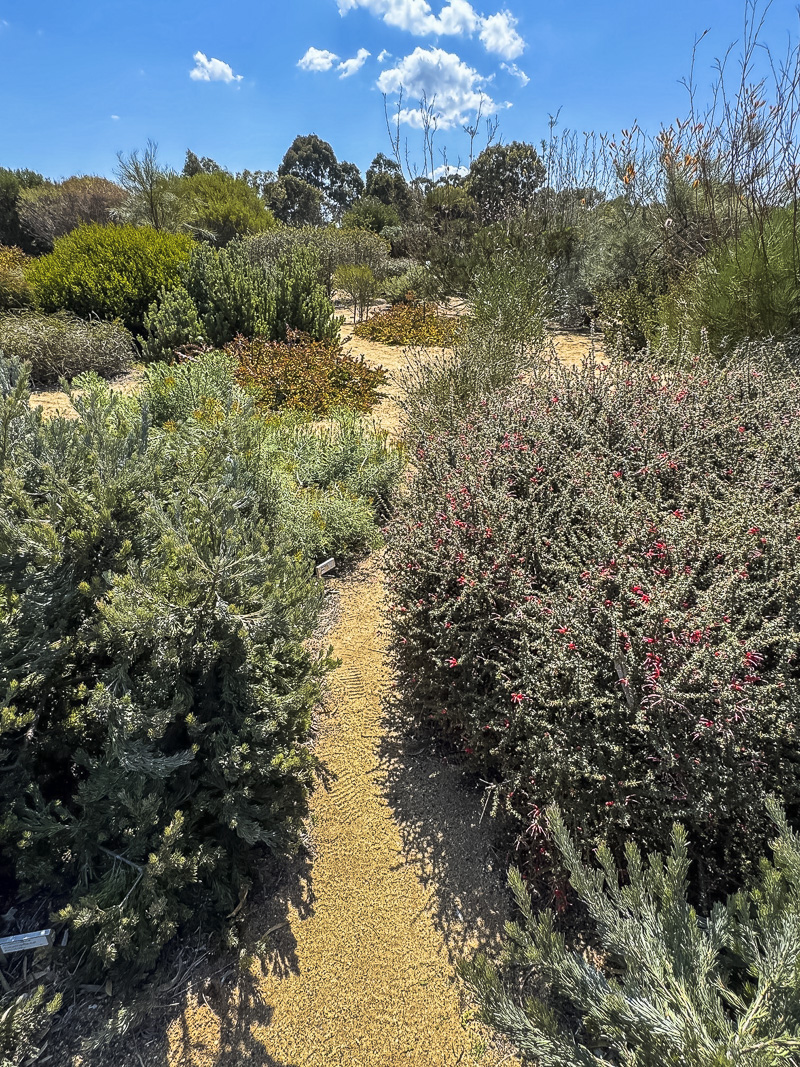

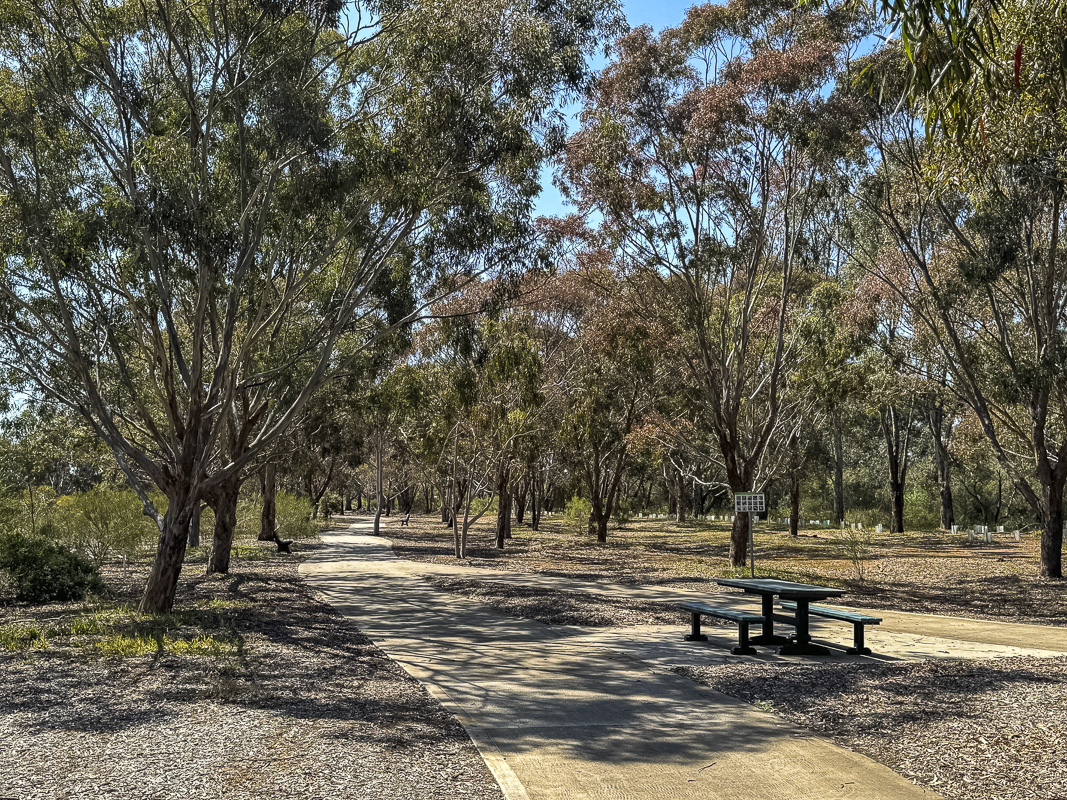



Featuring dryland eucalypts
A nationally registered collection of dryland eucalypts (over 100), with related understorey native plant species, is a significant feature of the garden. The diverse collection of species forming the range of individual collection gardens is influential and memorable. It includes plants of: Victorian Volcanic Plains, Indigenous Peoples, Bushfoods, Sensory, West Australia, South Australia, Southern Africa, Mediterranean, and California, Central and South America.
Most importantly, the Friends have an extremely well stocked nursery of quality tubestock. Australian dryland species showcased in the gardens are up for sale, and not readily available elsewhere.
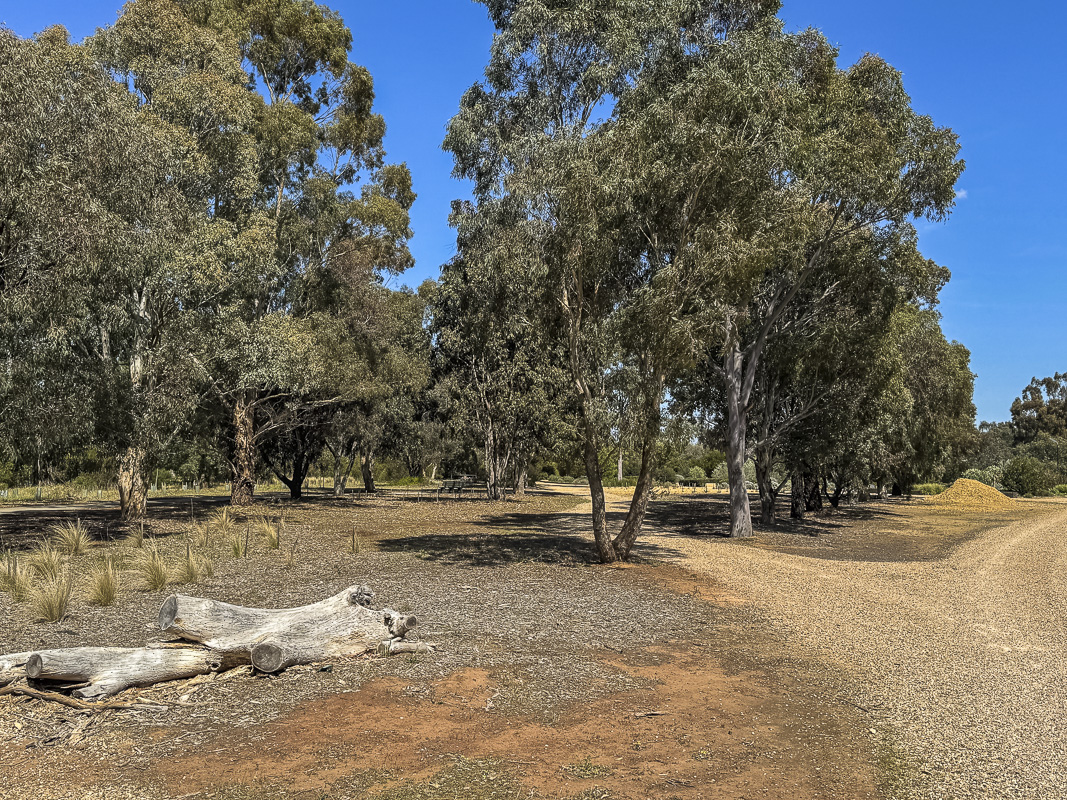
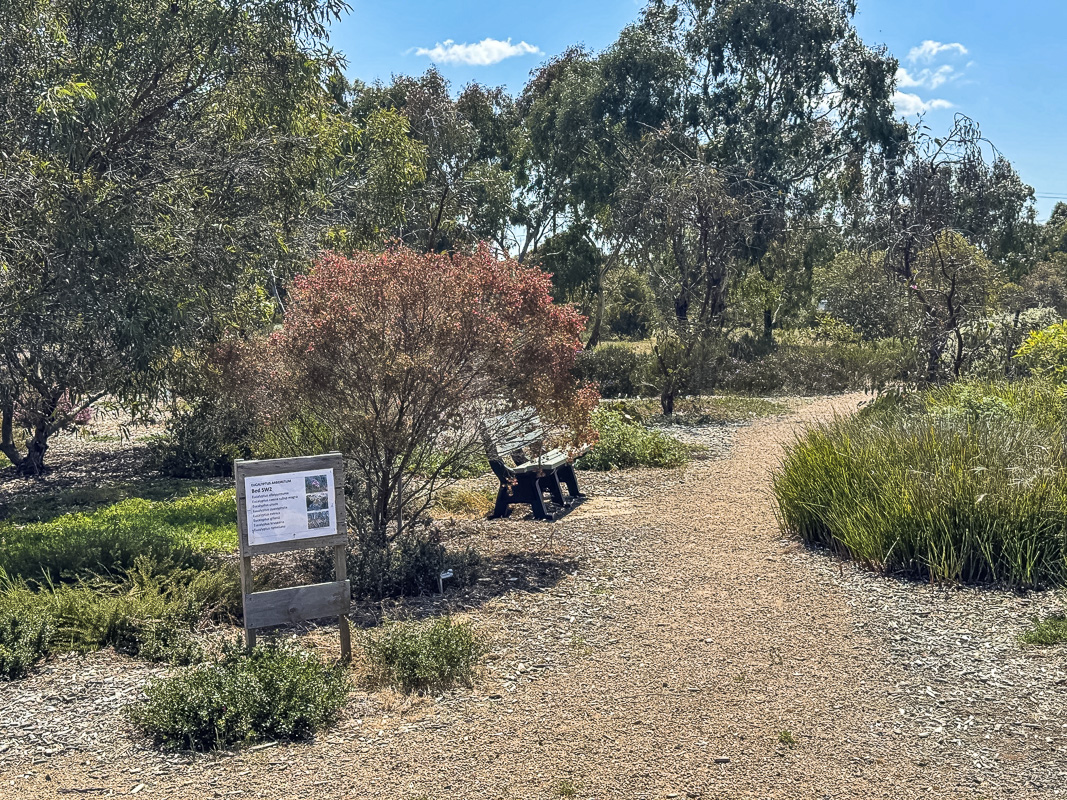
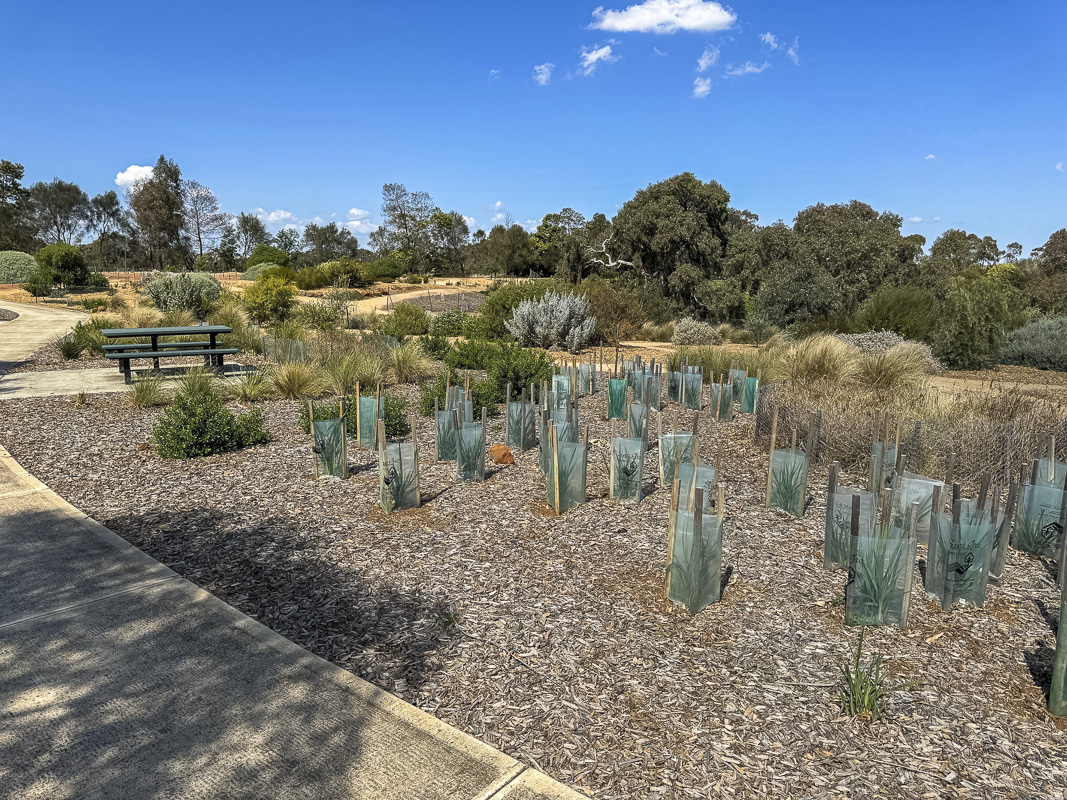
Why visit this garden
This is an excellent place to walk in winter or a cool day. There are shady areas with tall trees, yet a lot of the vegetation is quite low. Further, the paths around the gardens are flat, either concrete or gravel. It is easy to walk in between the well spaced plants for a closer inspection. Good picnicking facilities are located next to the lake in a lawn area, with BBQs and picnic tables in large shelters. Seats were conveniently and suitably placed throughout and were all sponsored by local families.
Here’s another story on the Melton Botanic Garden, showcasing the flowers seen.
 Australian Native Plants Society (Australia)
Australian Native Plants Society (Australia)